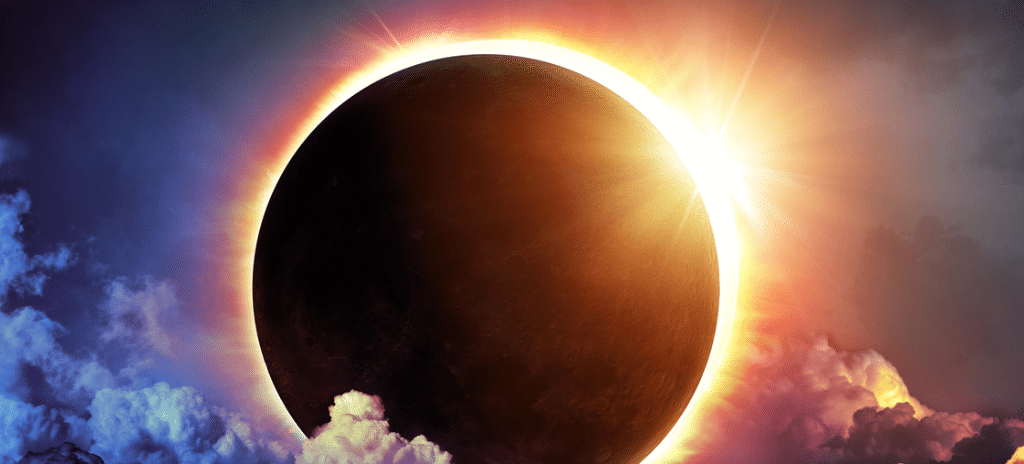Eclipses have ended wars (Medes and Lydians, 585 B.C.), “presaged” the death of kings (King Henry’s Eclipse,1133) and helped confirm Einstein’s Theory of Relativity (1919). In four days, another eclipse will occur – and it will test the robustness of California’s energy-storage infrastructure.
The California Energy Storage Alliance (CESA) isn’t worried.
CESA wants Californians to know the state’s energy storage capabilities will help to allow its grid to weather the eclipse just fine, including resolving the high ramp rates experts suggest will hit the state on Monday. And as it helps the grid ramp up, it will also allow it to ramp down quickly, which will be vital to protect the grid as solar resources come back on as the eclipse wanes.
Without ramp down capabilities, the grid would not have enough space to accommodate the electricity that will be rushing in from solar arrays across the state as the eclipse ends.
“The eclipse is an important example of how energy storage can help the grid,” said CESA Policy Director Alex Morris “Whether ‘front of meter’ or aggregated customer-sited storage, energy storage solutions – as part of the electric grid ‘tool-kit’ – not only provide benefits to the environment and the grid, but can also help customers manage electricity costs.”
“Storage is an innovative part of the California grid that provides key capabilities for operating a cleaner and more affordable grid, while also ramping up extremely quickly to meet electricity needs when solar power wanes, as we expect during the Aug. 21 eclipse,” Morris added.
Of course energy storage will not be the only thing ramping up and down to meet the changes in solar output and demand. As they do every day, California’s fleet of gas plants will also help to make up for the fluctuations. Additionally, the California Energy Commission is asking state residents to do their part by reducing electricity use.
Experts predict 76% of Northern California to 62% of Southern California will see an obscured sun between 9 a.m. and 11 a.m., reducing solar-electricity production by nearly 6 GW during that time. CESA joins California’s grid operator and the North American Reliability Council (NERC) in insisting that the effect will be minimal.
”
This content is protected by copyright and may not be reused. If you want to cooperate with us and would like to reuse some of our content, please contact: editors@pv-magazine.com.








By submitting this form you agree to pv magazine using your data for the purposes of publishing your comment.
Your personal data will only be disclosed or otherwise transmitted to third parties for the purposes of spam filtering or if this is necessary for technical maintenance of the website. Any other transfer to third parties will not take place unless this is justified on the basis of applicable data protection regulations or if pv magazine is legally obliged to do so.
You may revoke this consent at any time with effect for the future, in which case your personal data will be deleted immediately. Otherwise, your data will be deleted if pv magazine has processed your request or the purpose of data storage is fulfilled.
Further information on data privacy can be found in our Data Protection Policy.